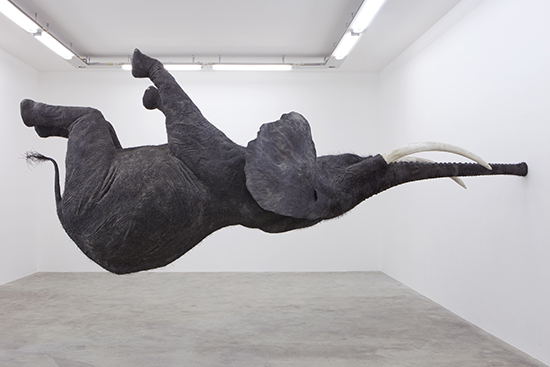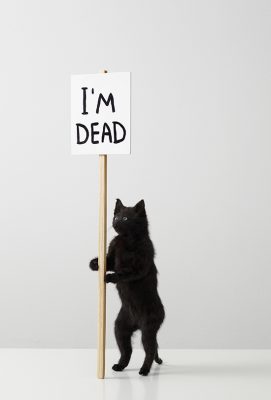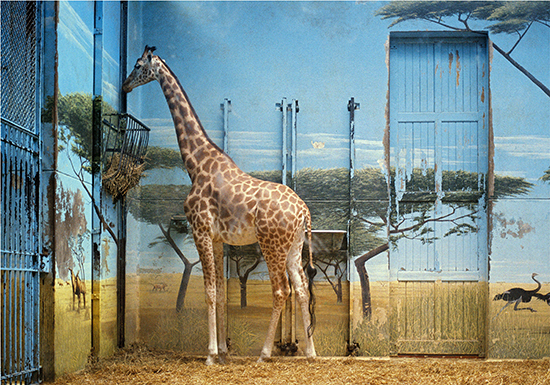This coming spring, the Kunsthal is inviting its visitors to enter the realm of animal art. The exhibition ‘We Are Animals’ brings together a great variety of extraordinary animal creations by over thirty contemporary artists. Works by artists such as Maurizio Cattelan, Candida Höfer, Paul McCarthy, and David Shrigley show the relationship between human beings and animals, and reveal how we, as humans, see and try to understand ourselves better through animals.
Sculptures of feathered polar bears, installations with wild wolves, monumental paintings of cuddly cats, and poignant photographs of zoos: this provocative selection of works has resulted in an exciting, must-see exhibition that offers food for thought.
‘We are Animals’ explores different aspects of the relationship between humans and animals. The works either express edgy perspectives on how humans manipulate other animal species, or celebrate and appreciate animals for being the miraculous creatures that we can recognise so much of ourselves in.
People love to surround themselves with adorable, cuddly creatures. Colourful stuffed animals fill our toy shops, photographs and videos of cats are massively watched and shared on the internet, and many of us consider our own pet to be our favourite family member. The artists participating in ‘We Are Animals’ explore these mechanisms while simultaneously revealing the downsides. Martin Eder’s greatly enlarged, sugary paintings of internet cats almost transform the adorable into the monstrous. A video compilation by Cory Arcangel featuring cats parading across piano keys results in a cacophony of sound. And the installation by Maurizio Cattelan, with a rabbit hanging from its extremely long ears, makes us aware of the imbalance of power between humans and animals.
Fantastic beasts
“Go to hell”, a bright blue cock snaps at us. The artist David Shrigley gives animals a voice, often with an ironic undertone. Especially for the exhibition ‘We Are Animals’, he has created a new series of his cartoonlike animals. For as long as we can remember, people have been using animals to tell stories about ourselves. In fables and myths we endow them with human characteristics: the sly fox, the stubborn donkey, the wise owl. These symbolic tales were re-examined by artists. John Baldessari, for instance, has made a life-sized camel that is nearly able to pass through the eye of a needle. And Paola Pivi’s feathered polar bears are among the highlights of the exhibition. Although these bears may seem lifelike, it’s clear that something strange is going on. These colourful animals are engaged in human activities such as yoga, dancing, or just hanging around with each other.
Wild animals
Animals can also make us humans shudder as they confront us with the wilderness that we have gotten so far removed from. No wonder that we have become so fascinated by the wolf that over the past few years has been increasingly successful reclaiming his place in our society. Marc Dion is putting this fascinating animal on an unusual pedestal: the ‘Mobile Wilderness Unit’ – an inversion of the mobile homes from which people can discover the wilderness in comfort. In poignant photographs, Candida Höfer has captured how zoos allow us to look at exotic animals that have been taken out of their natural habitats from a distance. On the other side of the spectrum, an extraordinary, life-sized video installation by the artist Douglas Gordon enables the spectator to come closer than ever before to an impressive elephant. Filled with awe and admiration we can witness how this majestic animal is lying on an art gallery floor while bending and twisting its mighty body in all kinds of unnatural poses.


